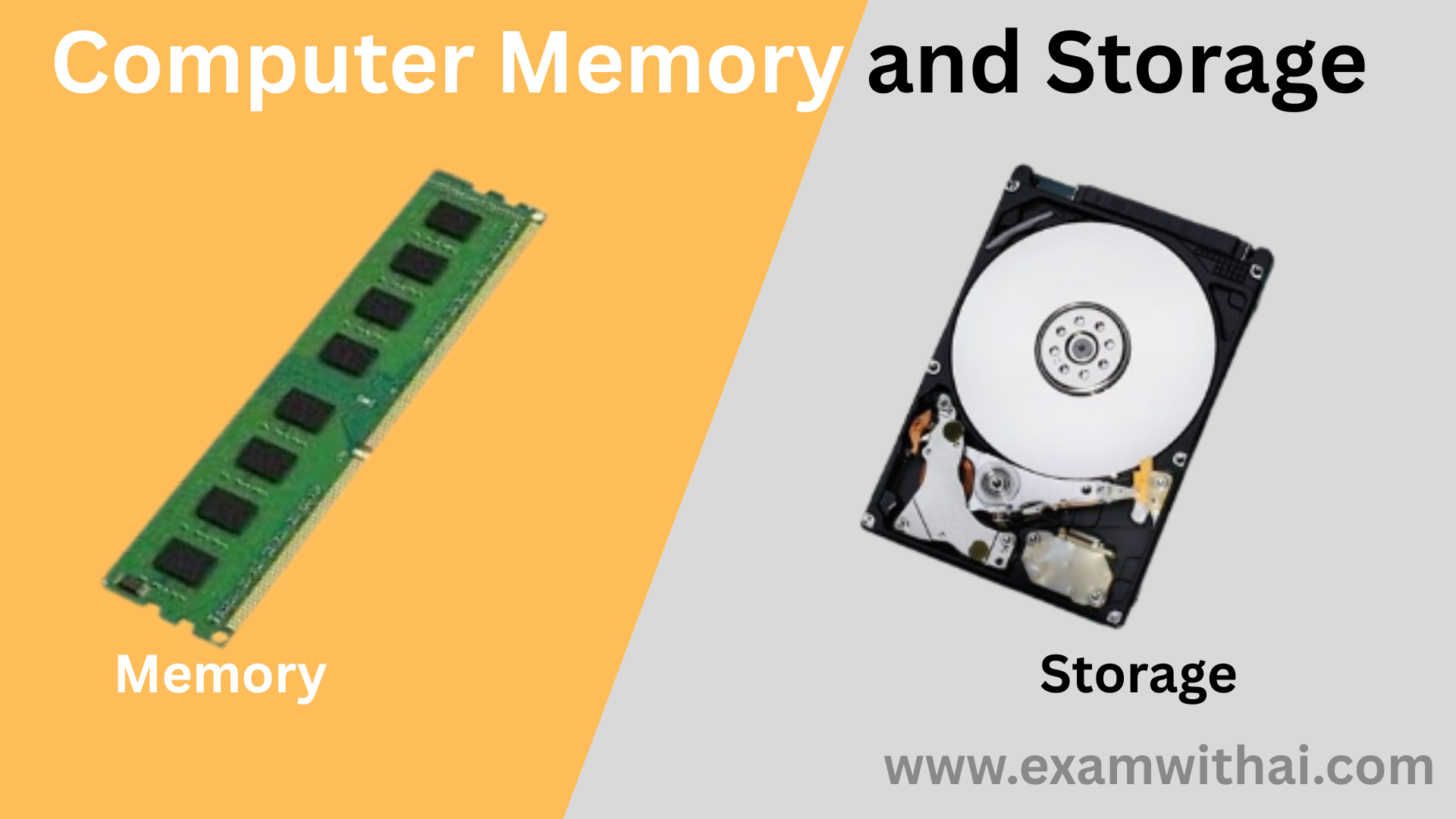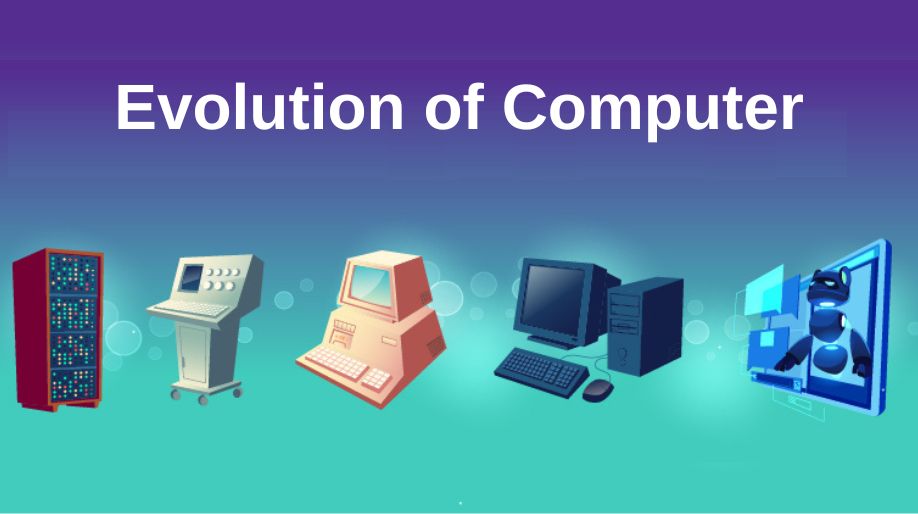Types of Computer: A Complete Introduction
What is Computer
The term “compute,” which meaning to calculate, is the root of the word “computer.” It is a computing device that works with data and can do arithmetic operations at a tremendous speed. A computer is an electronic device that can perform a variety of operations according to a given set of instruction called a program. It then displays or prints the result. Types of computer classified based on size, power, speed, Data handling capabilities, and capacity.
3 Types of Computer Based on Data Handling Capabilities
1. Analog Computer
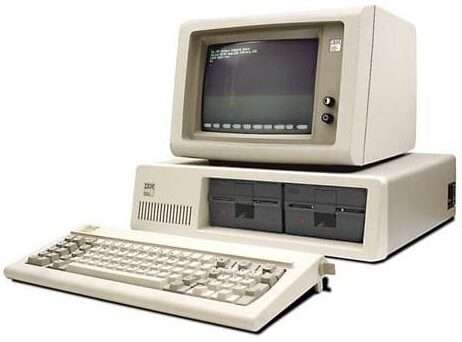
- Definition:Analog Computer work on continuous changeable physical quantities. Analog computers have slow speed and cannot provide 100% accurate results and thus are not reliable. Examples: Thermometer speedometer, and so on.
- How it Works: Instead of binary digits (0s and 1s), analog computers use continuous signals to simulate real-world scenarios.
Features
- Absence of binary operations
- Measures physical and natural quantities.
- Processing in real time
- Not as accurate as digital computers
- Restricted flexibility and memory
Uses
- Simulations in engineering
- Simulations in engineering
- Control systems for aircraft and submarines
- Industry-wide process control
- Scientific investigation and testing
2. Digital Computer
- Definition: Did you know digital computers use letters, numbers, and symbols to process data in discrete (binary) form? It is currently the most widely utilized kind of computer.
- How it Works: Now we are going to understand that work digital compute – data is transformed into binary code (0s and 1s), then logical operations are used to process it and provide results.
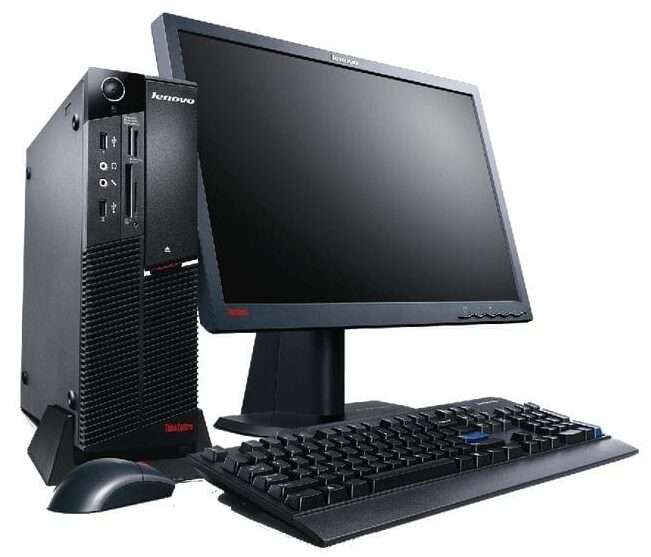
Features
- Makes use of a binary system
- High speed and accuracy
- Keeps information for later use.
- Upgradeable and easily programmable
- Carries out intricate computations and multitasks
Examples
- laptops and desktop computers
- Cell phones
- Tablets
- ATMs
- Smartwatches
Uses
- Finance and business
- Learning
- Playing video games
- Interaction
- Artificial Intelligence
- Computing in science
3. Hybrid Computer
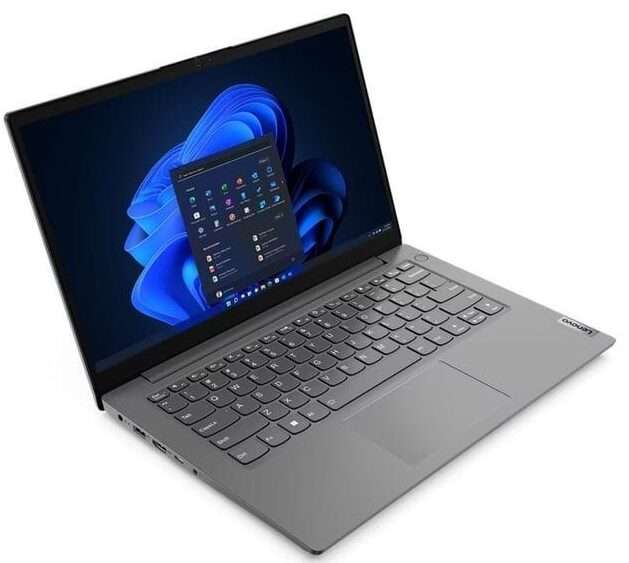
- Definition: The further characteristics of digital and analog computers are combined in a hybrid computer. Both continuous and discrete data can be processed using it.
- How it Works: You get multiple mathematical calculations handled swiftly by the analog portion.
The digital component does logical processes and saves data.
Features
- Analog-style high-speed processing
- Precise and programmable (similar to digital)
- Analog signals are converted to digital for improved analysis.
- Costly and specialized
Examples
- Include hospital ICU (Intensive Care Unit) monitoring systems.
- Industrial plant control systems
- Simulators for science
- Systems for oil exploration
- Equipment for weather forecasting
Uses:
- Include medical diagnostics (such as ECG and EEG equipment).
- Simulations in engineering
- Automation and robotics
- Modeling in science

